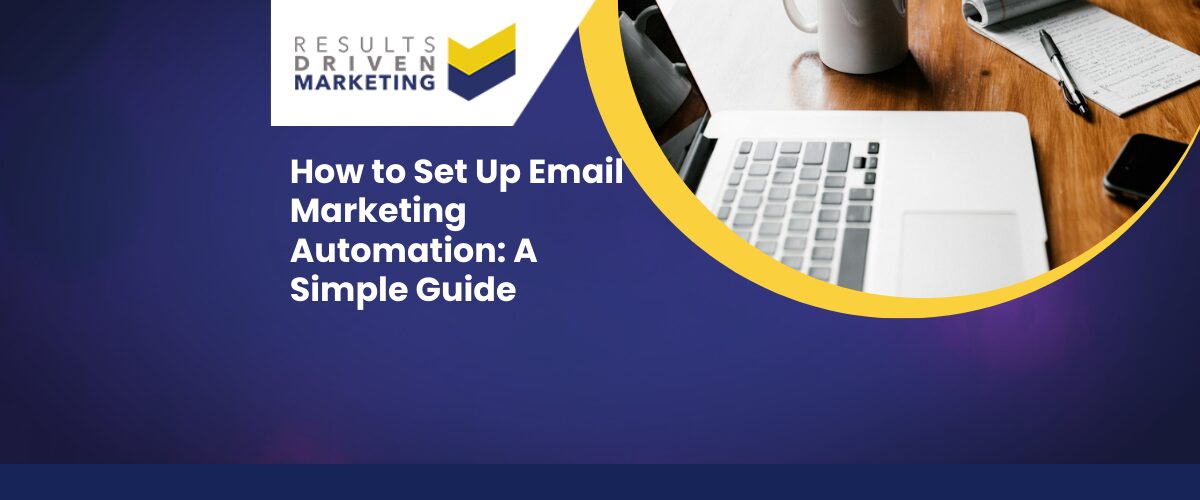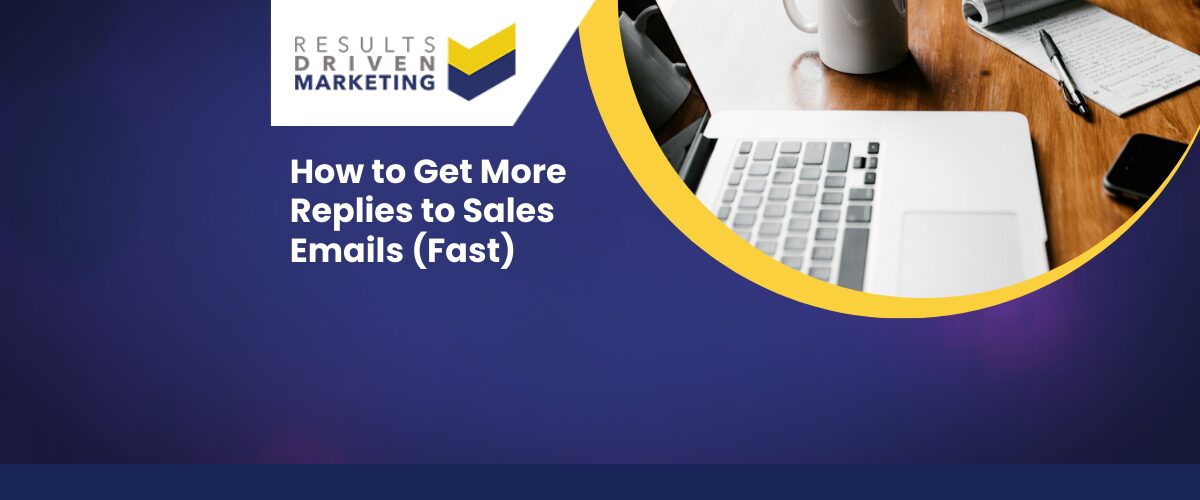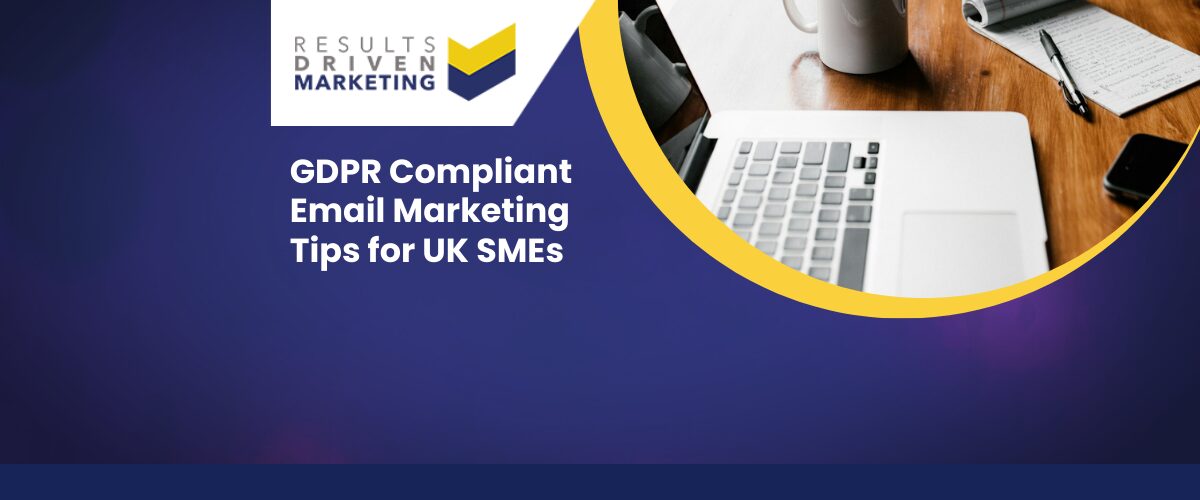
How to Set Up Email Marketing Automation: A Simple Guide
How to set up email marketing automation is one of the most common questions we hear from SMEs looking to scale their outreach without burning time or budget. And it makes sense—manual campaigns are time-consuming, hard to track, and easy to forget.
For UK businesses using purchased B2B data, automation isn’t just a “nice to have”—it’s a practical way to follow up faster, nurture leads smarter, and stay front-of-mind without constant effort.
But where do you start? What actually works? And how do you avoid overcomplicating it?
This guide simplifies everything. We’ll walk you through the exact steps to build an automation strategy that saves time, builds trust, and delivers better results—from your first welcome email to your final follow-up.
If you want to set up a system that works while you sleep (or sell), you’re in the right place. Let’s get into it.
Table of contents:
Why Automation Matters for SME Campaigns
Email marketing automation isn’t just for big brands or complex CRMs—it’s one of the most effective tools available to time-poor SMEs. Whether you’re sending cold outreach or nurturing warm leads, automation helps you show up consistently without spending all day writing and sending emails.
Here’s why automation is a game-changer for SMEs using purchased B2B data:
-
Saves time and increases efficiency – Automate repetitive tasks like follow-ups, welcome emails, and reminders.
-
Delivers consistent, timely messaging – Every lead gets the right message at the right time—even if they joined your list at 3AM.
-
Improves customer experience and ROI – Automated flows mean faster responses, more personalisation, and better engagement.
-
Scales your campaigns without extra headcount – Ideal for small teams that need big results.
Done well, automation gives you control, consistency, and clarity—and that’s exactly what most campaigns are missing.
Step 1 – Set Clear Objectives
Before you even log into your email platform, stop and ask: what do you want this automation to achieve?
How to set up email marketing automation starts with purpose. Without a clear goal, even the most polished workflows can feel like noise. Your objectives shape every message, trigger, and call to action.
Here are a few automation goals that work well for SMEs using B2B data:
-
Lead Nurturing – Keep cold contacts warm with valuable content until they’re ready to talk.
-
Onboarding – Help new customers or subscribers understand your product or service quickly.
-
Re-engagement – Win back inactive contacts with reminders, updates, or incentives.
-
Product Launch Support – Build anticipation and guide prospects through a launch journey.
Be specific. If your goal is “convert leads faster,” decide how many emails that takes, what info they need, and what the end CTA should be.
Step 2 – Segment Your Data
One of the most effective ways to maximise automation success is by using segmented lists. When your message matches the audience, everything performs better—from open rates to replies.
How to set up email marketing automation properly means thinking beyond just sending emails—you’re sending the right emails to the right people.
When using purchased B2B data, segment contacts based on:
-
Job role (e.g. MDs, marketing managers, operations leads)
-
Industry or sector
-
Company size or turnover
-
Geography (e.g. regional targeting)
-
Seniority or decision-making authority
Why it matters:
-
Segmented emails feel more relevant and personal—even if automated.
-
You avoid sending irrelevant messages that cause unsubscribes or spam complaints.
-
It helps keep your campaigns compliant with GDPR by showing a legitimate interest and respectful targeting.
With good data, segmentation isn’t a hassle—it’s your secret weapon.
Step 3 – Map Your Workflow and Triggers
Now that you’ve set your goals and segmented your data, it’s time to plan your actual automation flow—this is where things start coming to life.
How to set up email marketing automation effectively means thinking through not just what you want to send, but when and why.
Choose the Right Triggers
Triggers are the actions that start the automation. For B2B campaigns, common ones include:
-
Email list sign-up
-
Form submissions or downloads
-
Time delays
-
No reply or no click
Build the Sequence
Think in terms of a journey:
-
Email 1: Welcome or intro (what you offer, what to expect)
-
Email 2: Value-add (e.g. insight, case study, or useful tip)
-
Email 3: Social proof or success story
-
Email 4: Soft CTA (book a call, download a checklist)
-
Email 5+: Re-engagement or exit email
A thoughtful sequence builds trust—automatically.
Step 4 – Write Clear, Value-Driven Content
Automation doesn’t mean robotic. Every email should feel like it was written for a person—not generated by a workflow.
How to set up email marketing automation that performs means writing with clarity, empathy, and a focus on what’s in it for them.
Tips for great automated content:
-
Lead with value
-
Keep it brief
-
Use a friendly, professional tone
-
One clear message per email
-
Always include a strong CTA
Good content supports your strategy. Without it, automation won’t convert.
Step 5 – Choose the Right Platform and Setup
Your strategy is in place—now you need a platform that can handle it.
How to set up email marketing automation successfully requires a tool that’s easy to use and supports your goals.
Look for:
-
Visual workflow builder
-
List segmentation and tagging
-
GDPR-compliant features
-
Good deliverability rates
Setup tips:
-
Sync contacts with your CRM
-
Test every flow before launch
-
Keep things labelled and organised
The platform is the vehicle—your strategy is the driver.
Step 6 – Launch, Monitor, and Refine
The work doesn’t end at launch. Continuous monitoring and testing are what turn decent campaigns into high-performing ones.
Track:
-
Open rates – is your subject line working?
-
Click-throughs – are people engaging?
-
Replies and conversions – is your CTA effective?
-
Unsubscribes – are you sending too often or to the wrong segment?
Make adjustments:
-
A/B test
-
Update timing
-
Rewrite or shorten emails
-
Clean segments regularly
Even small tweaks can drive major improvements over time.
Why Choose Results Driven Marketing
At Results Driven Marketing, we don’t just help you get data—we help you get results. If you’re learning how to set up email marketing automation, the right strategy and data quality go hand in hand.
Why UK SMEs trust us:
-
Expert segmentation by industry, job title, and geography
-
Clean, campaign-ready lists delivered fast
-
GDPR-compliant sourcing
-
Advice beyond the data—we care about your outcomes
Explore our email lists or contact us to get your next campaign moving.
Conclusion: Let Automation Work for You
If you’re still manually managing every email, you’re working harder than you need to. Learning how to set up email marketing automation isn’t about tech—it’s about freeing up your time, improving consistency, and driving results.
Here’s your roadmap:
-
Clear goals
-
Smart segmentation
-
Mapped workflows
-
Value-driven content
-
The right tools
-
Ongoing optimisation
Need help getting started? Contact us or buy email lists that match your goals—we’ll help you automate with confidence.
Results Driven Marketing
Helping UK SMEs go from bad data to better leads
📍 Newcastle | 📞 0191 406 6399 | 📧 hello@rdmarketing.co.uk
rdmarketing.co.uk





